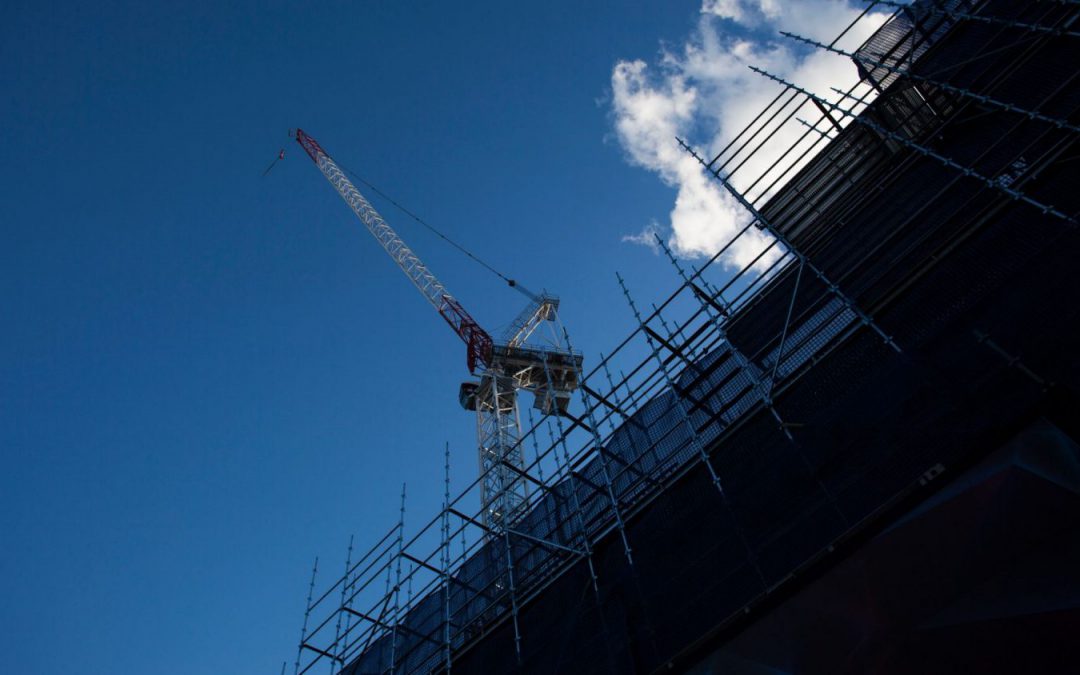
Keys to the smart cities of tomorrow: Technology partnerships and the Internet of Things
Keys to the smart cities of tomorrow: Technology partnerships and the Internet of Things
Importance of ProptechKeys to the smart cities of tomorrow: Technology partnerships and the Internet of Things
The 2018 Consumer Electronic Show (CES) that was held earlier this month was as much about collaborations and partnerships as it was about new technology. Many of the companies at CES were promoting products for the “smart home” such as smart locks, sensors, smart thermostats, smart appliances, and smart entertainment controls that are integrated with voice assistants — such as Google Assistant or Amazon Alexa.
One in six Americans now own a smart speaker — up 128 percent in since January 2017. The rise of voice-enabled digital assistants (and the products that can be used with them) highlights how an easily accessible technology platform allows companies to work together to create new services for consumers. It also shows how consumers are finding it easier to manage the underlying artificial intelligence that is changing how people interact with technology.
When tech companies collaborate in this way, content and information flow faster, allowing technology to be “smarter” or easier to use and making data easier to access. More user-friendly formats enable both consumers and companies to benefit from technological innovation without having to be experts on every device. Smart speakers are a good example of a simplifying device that allows users to integrate technology throughout homes and businesses.
The promise of these technology advancements is multiplied when combined with large data sets. The CES show included a whole area dedicated to highlighting a new area of technology collaboration: smart-city projects. By partnering with tech companies, cities can enhance their services with real-time data, and the companies at CES highlighted how municipalities could be more responsive to citizens by using cloud-based technology platforms to monitor the efficiency of city-wide services.
Improving customer service and lowering the cost of these services are part of the vision for integrating Internet of Things (IoT) technologies into smart cities projects. A simple example could be making common objects like lampposts and garbage receptacles “smart” by adding small sensors and connectivity to a monitoring platform. This way, city employees can be more responsive to sanitation and safety needs in neighborhoods.
In Boston, the city uses crowdsourcing and an app called “Street Bump” to improve its response to road maintenance challenges. Drivers with the app installed contribute to the city’s road repair efforts, as the app records and reports the geolocation information of road hazards like potholes to the city. This example shows the power of crowdsourcing and how local governments can use open-source processes and real-time information to incorporate citizen feedback into efforts to improve services and make decisions on how they spend resources that are often limited.
Public safety, transportation, and citizen engagement are three core areas that “smart cities” technology is targeting. Cloud-based technology platforms enable the sharing of data that boosts productivity, enhances services, and improves transparency into government decision-making in all these areas. Using data-driven efforts brings new thoughts, better procedures, and new teams into city planning for more efficient and effective outcomes. Constituent services can now be handled more like customer support, using the same tools that enterprises have had in place for years.
As society becomes more accustomed to using data in daily life, it makes sense for municipalities to benefit from the same data flows that retailers and suppliers use to maintain customer relationships. Data scientists are working with visualization experts on how to solve problems with analytics and provide insights that allow cities to be more responsive in providing services to citizens. Partnerships with tech companies are an ideal way for city governments to upgrade their capabilities and become more responsive and can help bring to government the customer-centric approach that is already deployed by many corporations.
IoT and smart devices will enable smarter transportation planning and better use of local resources and will help direct services to where they are needed most. Creating transparent data sets can show how a city is prioritizing its resources and managing its services. These tools should enhance the productivity of city governments and the openness and efficiency that citizens want in from government. Soon, we may be saying, “Hey Google, report the broken light on my street to city hall.”
Article Source: View Original Article Source here
How Stratafy helps?
Stratafy is on the journey to be a property innovator for building management. This means we are looking to the future to connect your customer properties to the smart city and smart building sphere. Which increases their property value but also being relevant for the next generation of proptech.
We aim to be the technology partner of choice in the property management space with end to end user experience.











